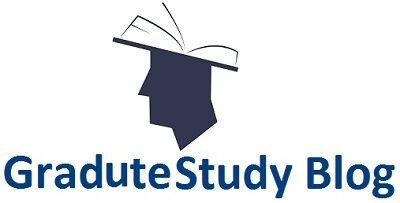Planning for kindergarten students is both exciting and challenging. Watching young children learn, grow, and explore the world around them is a truly rewarding experience. However, the key to unlocking their potential lies in effective lesson planning. A well-crafted lesson plan can set the tone for learning, foster creativity, and encourage positive classroom behaviour.
But even experienced teachers sometimes make common mistakes when creating lesson plans. That said, these mistakes are often simple to fix, and by recognising them, you can improve your teaching and provide a more effective and engaging learning environment for your kindy students.
In this blog, we’ll cover five common mistakes in kindergarten lesson planning and how you can avoid them to create smoother, more effective lessons.
Mistake #1 – Overloading the Lesson Plan
It can be tempting to pack as much learning into a single lesson as possible, especially when you’re eager to cover multiple topics. However, trying to cram too much into one session can overwhelm young learners and hinder their ability to focus and retain information.
Tip to Avoid: Focus on one main learning objective per lesson and keep activities short and varied. Instead of trying to cover everything in one go, plan lessons that concentrate on one key skill or concept.
For example, if you’re teaching numbers, you could have a range of activities that focus solely on recognising and counting numbers, followed by a short hands-on activity like a counting game. This approach will keep children engaged without overwhelming them. For innovative lessons plans for kindergarten, you can find structured resources online that guide you in planning manageable and effective sessions.
Mistake #2 – Ignoring the Importance of Routine
Young children thrive on predictability and routine. When the structure of a lesson feels too random, children may become confused or anxious, which can affect their learning experience. A lack of routine can disrupt the flow of your day and lead to classroom behaviour challenges.
Tip to Avoid: Maintain a basic structure for your day, such as starting with circle time, followed by a focused activity, snack time, story time, and free play. Once children become accustomed to this structure, introducing new concepts within this familiar framework will help them feel secure and ready to learn. Consider teacher lesson plans create a consistent and predictable routine that works for both you and your students.
Mistake #3 – Not Accounting for Transition Times
Kindergarten students need time to transition from one activity to another. If you fail to account for how long it takes for little ones to switch gears, you may find that valuable learning time is lost. This issue becomes even more pronounced when transitioning between large group activities and smaller, independent tasks.
Tip to Avoid: Always factor in 3–5 minutes for transitions. This could be as simple as letting the children tidy up before moving on to the next activity or giving them time to settle down. Use fun signals, like singing a song or clapping your hands, to guide the transition smoothly. These short pauses provide the children with a moment to mentally reset and can help maintain focus throughout the lesson.
Mistake #4 – Underestimating the Power of Play-Based Learning
At the kindergarten level, the focus should not solely be on academic tasks like worksheets or reading assignments. While these are important, they can lead to disengagement at this stage, as young children learn best through play.
Tip to Avoid: Integrate learning through play as much as possible. This can include counting games, dramatic play, storytelling, or sensory activities. When children engage in play-based learning, they don’t just absorb knowledge — they also develop social skills, problem-solving abilities, and creativity. You can easily access the best teacher resources to support the integration of play in your lessons, helping you make learning both enjoyable and educational.
Mistake #5 – Not Differentiating for Different Learners
In any kindergarten class, there will be a wide range of abilities, learning styles, and interests. It’s common to make the mistake of assuming that all students are on the same level. However, treating every child the same can leave some children struggling while others may become bored or restless.
Tip to Avoid: Prepare flexible activities with different levels of difficulty or open-ended outcomes. For example, while one child may be learning to write their name, another might be working on forming letters. By providing options for different learners, you ensure that each child can engage with the lesson at their own level and succeed in their own way.
The Right Resources are Key to Creating Effective Lessons
Remember, there’s no such thing as a “perfect” lesson plan. Instead of stressing over every detail, focus on responding to your students’ needs and creating a positive, engaging learning environment. Fortunately, there are a range of lesson plans for teachers online designed to help you craft effective and well-structured plans. These resources offer a wealth of ideas and activities tailored specifically for kindergarten students, ensuring you have everything you need to make your lessons engaging and educational.
Lesson planning is an evolving skill, and it’s natural to encounter challenges along the way. By recognising and addressing these common mistakes and integrating kindergarten teacher resourcesinto your lesson plan, you can create lessons that are more engaging, structured, and effective for your kindergarten students. The key is to be flexible, responsive, and willing to make small adjustments to ensure that your lessons meet the diverse needs of your learners.

